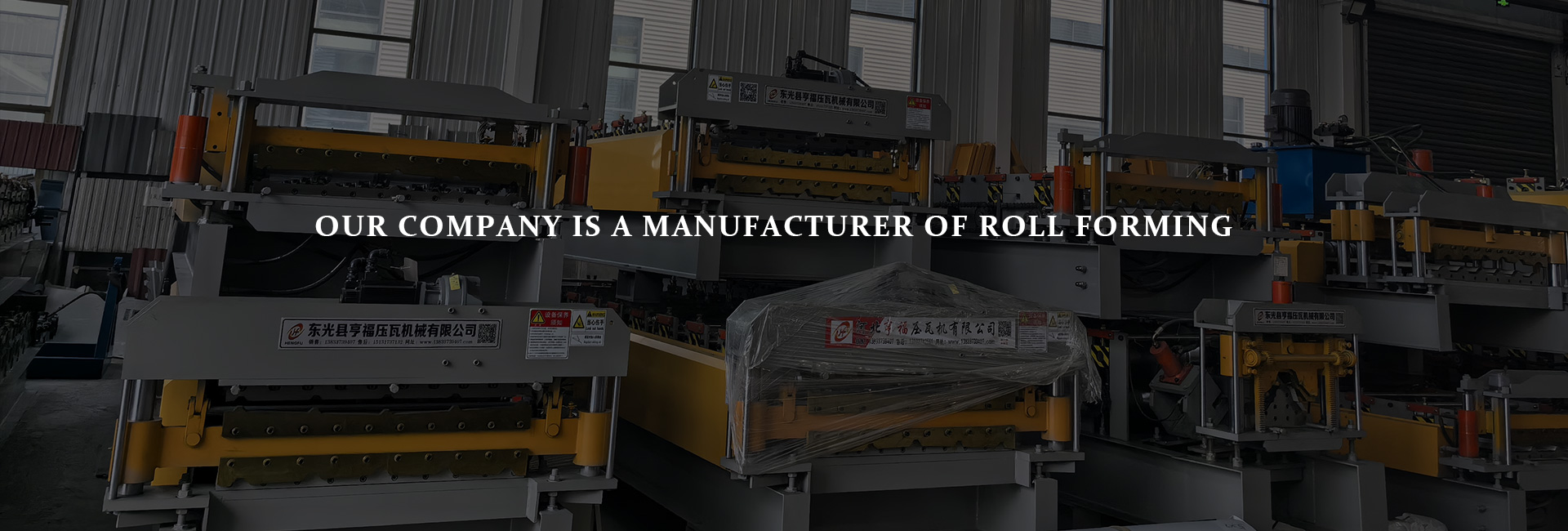Roll forming (also known as roll forming or roll forming) is a method of continuously bending a long strip of metal sheet (usually coiled steel sheet) into a desired cross-section. The metal strip is passed through a series of rollers mounted on continuous supports, with each set of rollers performing only a portion of the bend until the desired cross-section (profile) is obtained. Roll forming is ideal for producing constant profile parts with long lengths and high volumes.
The principle of roll forming:
·Roll forming works by bending a continuous flat sheet of metal into its final shape via a series of hardened steel rollers, station by station. Each operating step gradually bends the workpiece until the desired shape is achieved.
·The metal strip is passed through a series of rollers, each set of rollers having a specific profile to achieve the desired profile. The design of these rollers usually starts with a "pattern," which is a sequence of profiles for each roller. Then, the roller profile is derived based on the pattern profile.
·Due to the higher cost of rollers, computer simulations are often used to develop or validate roller designs and optimize the forming process to minimize the number of rollers and material stresses in the final product.
·Roll-formed parts may have advantages over similarly shaped extrusions. Roll-formed parts may be lighter, have thinner walls than they would have been during extrusion, and have been work-hardened in the cold state, making them stronger. Parts can have a surface finish or be painted. Additionally, the roll forming process is faster and uses less energy than extrusion.
Applications of roll forming:
·Roll forming machines can produce shapes of different sizes and material thicknesses, using the same rollers. Through manual adjustment or computer control, the distance between the rollers can be changed to achieve quick changeover.
·These specialized rolling mills are widely used in the lightweight framing industry to produce metal scaffolding and rails in standardized profiles and thicknesses. For example, a single mill can produce different specifications of metal scaffolding, such as different webs (such as 3-5/8 inches to 14 inches), flanges (such as 1-3/8 inches to 2-1/2 inches) and lip (e.g. 3/8" to 5/8") sizes, and galvanized steel in different gauges (e.g. 20 to 12 GA).
Roll forming lines can be set up in a variety of configurations to punch and cut parts in a continuous operation. To cut the part to the required length, the line can be set up using a pre-cut die, where a single blank is run through the mill, or a post-cut die, where the profile is cut after the roll forming process. By stamping, features in the form of holes, grooves, reliefs or shears can also be added to the roll forming line.







